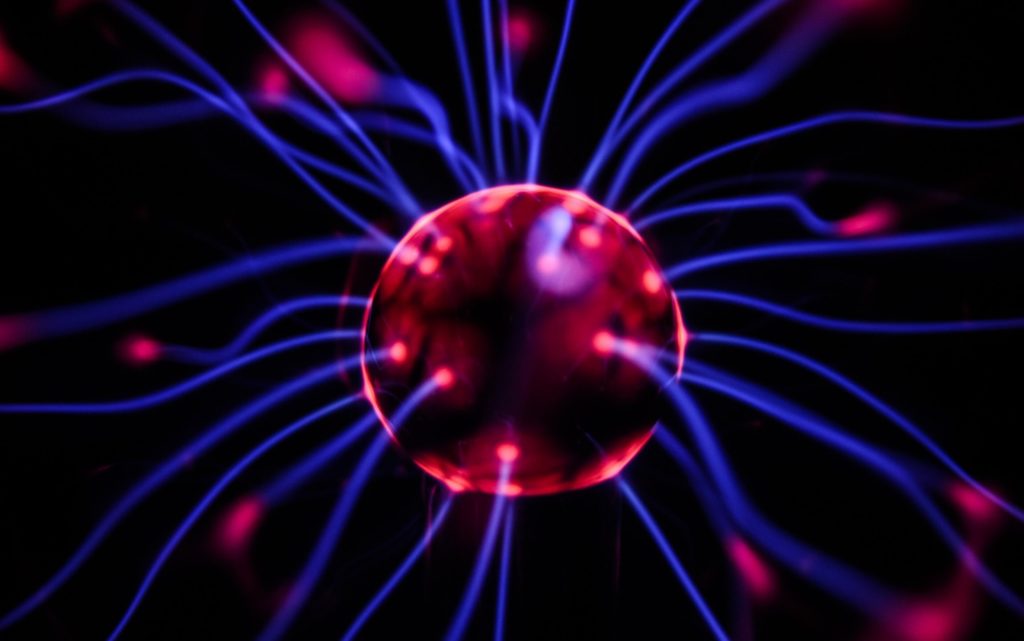
Today, neuromarketing has started to conquer the world and has been employed by almost every company and university in some way or form. Although neuromarketing has a widespread influence on the marketing world, most people don’t know what it actually is and how it can be utilized effectively.
Basically, it’s a scientific study that utilizes the fundamentals of the neuroscience phenomenon.
The aim of neuromarketing is to take advantage of the cognitive biases of a target audience and to persuade them to buy products. Neuromarketing has been around for over a decade and due to its efficiency companies are spending substantial budgets on this scientific method.
Here are 15 powerful examples of neuromarketing in action.
1. Eye gaze
Everyone knows that ads that include real people are more effective than the ones that do not.
Specifically speaking, images and videos that for example include babies have a much bigger chance to attract longer and more focused attention from customers.
Advertisement companies have tried many times to increase sales of baby products using close-up baby faces, but with the help of eye-tracking technology, they discovered that they were missing a crucial detail.
They discovered that when the infant looks face on, viewers are more focused on the baby’s face than on the actual ad content.
However, if the baby’s gaze is directed on the product or text, then viewers will actually focus on the advertising content.
2. Effective packaging
Most of us are usually attracted to color striking and attractive packaging. Marketing experts have always known that it’s not always what’s inside that matters the most, but neuromarketing has managed to push this on a whole new level. Many brands in Australia such as Sweat pea & Poppy and Monsieur Truffe have used neuromarketing ideas for reimagining their packages.
So, If you have a product but don’t yet have an idea of what the package will look like, then maybe check out what the acclaimed graphic design Sydney services have to offer.
3. Color is crucial
Colors are known to evoke a wide range of emotions, so when selecting colors it is important to keep in mind that you may be influencing how potential customers feel.
Studies are constantly discovering a link between colors and emotions and so using a certain color can be an effective marketing tool.
4. Ad efficiency
Over the years neuromarketing has understood the giant potential of fMRI imaging. As a result, it has given us better insight into human behavior and consumer habits.
Neuromarketing uses FMRI to compare advertising campaigns before they are released to the general public. The ad campaign that elicits the highest amount of brain activity is the one that will be released. This method has enormous potential for enhancing marketing strategies and increasing engagement.
5. Decision paralysis
Too many choices can sometimes be a deterrent for potential customers. Studies using different types of setups revealed that when displays contain a wide range of options, customers are less likely to stop. Remember, less is sometimes more and customers shouldn’t be overwhelmed with too many choices.
6. Evaluating satisfaction

In order to identify the emotional response an individual has to a product, emotion response analysis is using EEG imaging. Just like FMRI, EEG can also shed light on the most effective ways of advertising.
7. Loss aversion
One interesting discovery neuromarketing uses is that people don’t want to lose out. People are often worried about what they might lose as much as they might gain, and this is why strategies like “buy before it is gone” are highly effective.
8. Anchoring
Most times, your customers will anchor themselves on the first piece of information they receive.
It is the basis of customer decision making and it sets the tone of customer behavior. Therefore, neuromarketing is taking advantage of this anchoring effect which helps advertisers swing the deal right away.
9. Speed and efficiency
Neuromarketing has a great ability to detect customer trends. Although companies often try to portray a sense of security and safety, studies have shown that speed and efficiency are what customers are after. For instance, PayPal has successfully converted many customers to its online payment service by emphasizing its speedy and efficient system.
10. Use the right fonts
People tend to choose options that offer more comfort, this basically is the human psyche.
This is why most people tend to like simple fonts that are easy to read and understand. On the other hand, keep in mind that there is a role for complex fonts that you can utilize in tactical sections of your ad in order to catch the attention of visitors.
11. Reward and punishment
 Today, video games have also started to use psychological principles in their product design.
Today, video games have also started to use psychological principles in their product design.
Specifically speaking, the concept of reward and punishment is used which makes games more engaging. When a reward in a game increases, this action can sometimes increase the level of dopamine within the brain.
12. Prototype testing
Apart from an advertisement being crucial to customer behavior, the design of products is also crucial. In some neuromarketing cases, brain activity is being measured in response to different design features. This way they were able to discover which kind of stimulation was most likely to result in buying.
13. Set the right price
One valuable piece of information neuromarketing revealed is that round numbers are likely to work around emotional decision making. On the other hand, more complex numbers work better when the logical part of the brain is engaged. This is because complex numbers make your brain work harder and that’s why we convince ourselves that the more complex price of a product is the more logical one.
14. Websites
Neuromarketing techniques are also being used in the development of websites. Color schemes, layouts, and fonts are all a big part of the neuromarketing strategy. For instance, neuromarketing discovered an interesting finding: that newer horizontal sites are less effective than vertical. This is because reading from the top engages the brain and viewers are more likely to continue reading.
15. Headlines
Headlines have been researched with a new technique called “Hippocampal Headlines”.
What they discovered is that when a familiar phrase is slightly altered, our hippocampus is activated and our attention grows. Headlines are probably one of the first things viewers see, so it is logical they need to stand out and be noticed.
Final word
These neuromarketing techniques are crucial in creating today’s brand identities and they can influence the actions of your visitors and interest them in your products. Remember, if you surprise the brain, your campaigns will always be more effective.




